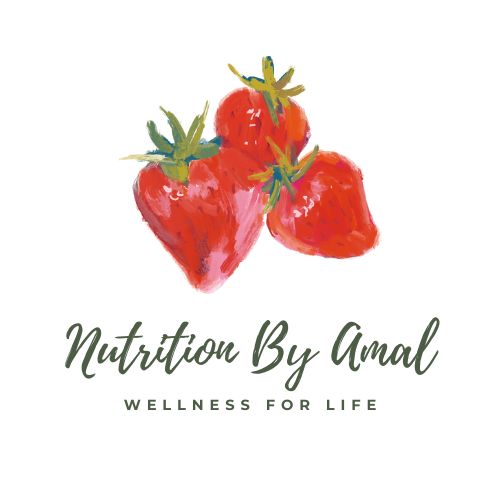As a dietitian and a new mom, one of the most fascinating things I’ve been diving into is how our babies’ guts develop—and what that means for their ability to digest certain nutrients. Watching my 9-month-old grow, thrive, and occasionally produce a diaper full of undigested sweet potato chunks (thanks, Grandma 😅), I’ve been thinking a lot about what his tiny body is really ready to handle.
Baby Brains Are Built on Fat
Did you know the human brain is nearly 60% fat? By the time babies reach their first birthday, their brain volume will have increased by about 180%. Yes! That’s why fat and cholesterol are not just important - they are essential.
Breast milk (or formula) remains the primary source of fat in the first year, and for good reason:
-
Cholesterol and DHA (an omega-3 fatty acid) are critical for brain myelination, the process that helps neurons communicate effectively.
-
Human milk is naturally rich in medium-chain triglycerides, which are easy for developing guts to absorb and convert into brain fuel.
So if you’re wondering whether bone marrow, avocado, whole-milk yogurt, or egg yolks are smart first foods - yes!
Why My Mom's Sweet Potato Might Show Up in my baby's Diaper
Let’s talk starch. Seeing sweet potato chunks in your baby’s diaper is a classic sign of immature carbohydrate digestion. Here's why:
-
Amylase, the main enzyme that digests starch, is barely present in infants under 6 months, and still low until around 12 months.
-
Even salivary and pancreatic amylase don’t fully ramp up until later in the toddler years.
-
Some starchy foods (like mashed banana or well-cooked oats) are easier to digest than fibrous or complex starches like sweet potatoes, peas, or brown rice.
So it’s not that sweet potato is “bad” (it's loaded with beta carotene!)—it just may be better tolerated when mixed with fat (like a bit of butter or coconut oil), well-pureed, or introduced slowly.
What About Protein?
-
Proteins like those in breast milk or formula are highly digestible.
-
By 6–9 months, most babies can begin digesting small amounts of animal-based proteins (like chicken, fish, or eggs), especially when well-cooked and blended.
-
Look for soft textures and consider pairing proteins with fat (like ground turkey mixed with olive oil) to support both digestion and calorie needs.
Gut Maturity: Slow and Steady Wins
The infant gut is often called “leaky” in the early months for a reason—it’s not yet ready to handle everything. Digestion matures roughly in this order:
| Nutrient | Digestive Readiness |
|---|---|
| Fat | From birth (via lipase, bile salts) |
| Simple carbs (lactose) | From birth (via lactase) |
| Protein | ~6 months and beyond |
| Starches | 9–12+ months (amylase increasing) |
That means it's totally normal for your baby to thrive on mostly milk, fat, and gentle proteins, and to be more selective with fiber and starch-heavy veggies.
What I’m Focusing On for My Baby
As a dietitian-mom, here’s what I prioritize right now:
-
Choline-rich foods like egg yolk and liver
-
Healthy fats like coconut oil, olive oil, and avocado
-
Breastmilk or formula as the base
-
Soft-cooked fish like wild salmon for DHA
-
Cooked, low-fiber veggies like carrots and zucchini before heavy starches
-
Easy fruits like banana and pear (in moderation)
And I always watch the diapers—because poop is the window to the gut.

